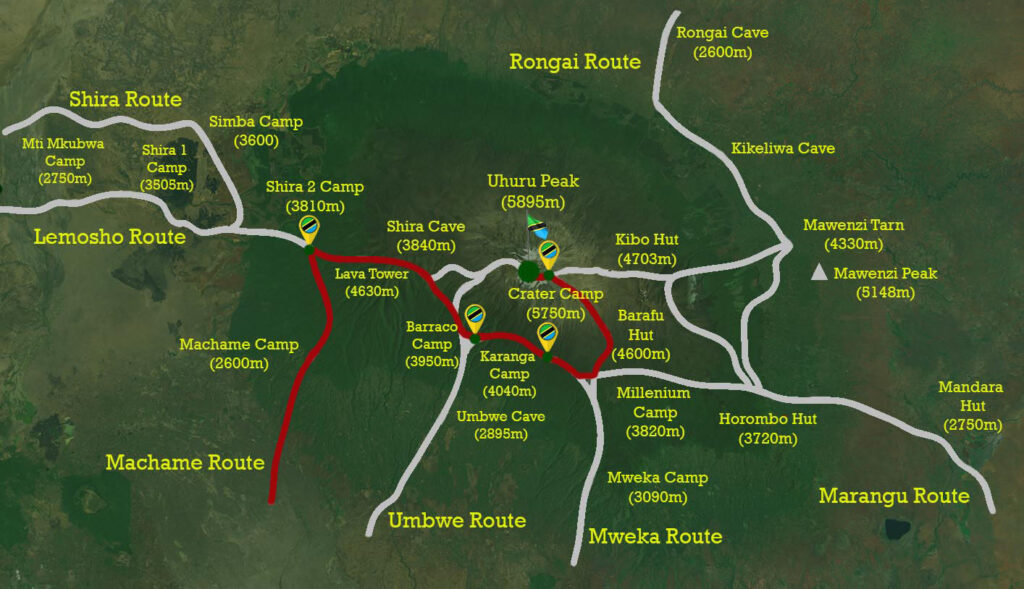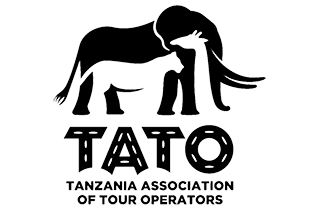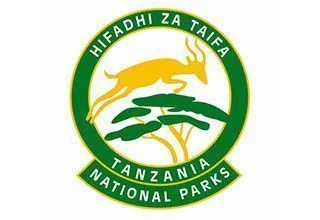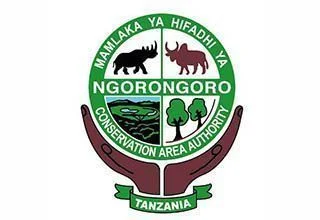- Wechat: +255 766 524 661
8 Days
Trekking
6 People
English

Highlights: The hike starts from Machame Gate, passing through the lush rainforest. Expect to see various species of flora and fauna as you trek towards Machame Camp.
Highlights: The trail continues through moorland, with panoramic views of the mountain as you ascend. You will pass the Shira Plateau, a high-altitude desert with stunning views of the surrounding peaks.
Highlights: This day includes a climb up to the Lava Tower, a 4,630m high volcanic rock formation, for acclimatization. After lunch, descend to Barranco Camp, with the famous Barranco Wall visible ahead.
Highlights: Start the day by tackling the Barranco Wall, a challenging but rewarding climb. The trail then undulates through valleys before reaching Karanga Camp.
Highlights: A shorter day to allow rest before the summit push. The trail leads to Barafu Camp, set on a rocky ridge, with views of the summit. Early dinner and rest are essential before the midnight ascent.
Highlights: Begin the final ascent around midnight, reaching Stella Point at dawn and then proceeding to Uhuru Peak, the highest point in Africa. After celebrating at the summit, descend slightly into the crater to Crater Camp, where you can explore the glaciers and the ash pit.
Highlights: After an early breakfast, descend rapidly from the crater, passing Barafu Camp, and continue down to Mweka Camp. The descent offers changing landscapes, from barren high altitudes to lush rainforests.
Highlights: A final descent through the rainforest to Mweka Gate, where you’ll receive your summit certificates and bid farewell to your guides. Transfer back to Moshi.
The best time to climb Kilimanjaro is during the dry seasons, which are from January to mid-March and from June to October. These months offer the most favorable weather conditions, with clear skies and lower chances of rain. The busiest times on the mountain are during these periods, so expect more crowds.
No prior technical climbing experience is required to summit Kilimanjaro. It is a non-technical trek, which means you don’t need special mountaineering skills or equipment. However, good physical fitness and proper preparation are essential to handle the altitude and the long days of hiking.
The duration of the climb depends on the route you choose. Most climbs range from 5 to 9 days. A longer itinerary allows for better acclimatization, increasing your chances of reaching the summit and enjoying the experience.
There are several routes to climb Kilimanjaro, each offering a unique experience:
Altitude sickness, or Acute Mountain Sickness (AMS), occurs when you ascend to high altitudes too quickly without proper acclimatization. Symptoms include headaches, nausea, dizziness, and shortness of breath. To prevent AMS, choose a longer route that allows for gradual ascent, stay hydrated, eat well, and listen to your body. If symptoms become severe, descending to a lower altitude is necessary.
Supplemental oxygen is not required for climbing Kilimanjaro. The focus is on proper acclimatization to allow your body to adjust to the lower oxygen levels. Emergency oxygen is usually available with your guide in case of severe altitude sickness, but most trekkers can reach the summit without it.
Packing the right gear is crucial for a successful Kilimanjaro climb. Essential items include:
Climbing Kilimanjaro is generally safe, but it comes with risks, primarily related to altitude sickness. Choosing a reputable tour operator with experienced guides is essential. They will monitor your health, provide advice on pacing, and ensure your safety throughout the trek. It’s also important to have travel insurance that covers high-altitude trekking.
Accommodation on Kilimanjaro depends on the route you choose. The Marangu Route offers huts with dormitory-style bunk beds. On other routes, you will stay in tents provided by your tour operator. These are typically set up by porters before you arrive at the campsite. The accommodations are basic, focusing on providing shelter and warmth.
Yes, most travelers require a visa to enter Tanzania. You can obtain a visa on arrival at the airport or apply for an eVisa online before your trip. Ensure your passport is valid for at least six months beyond your planned departure date and has sufficient blank pages for entry and exit stamps.




© 2025 Kili Peacock Adventures. All Rights Reserved.